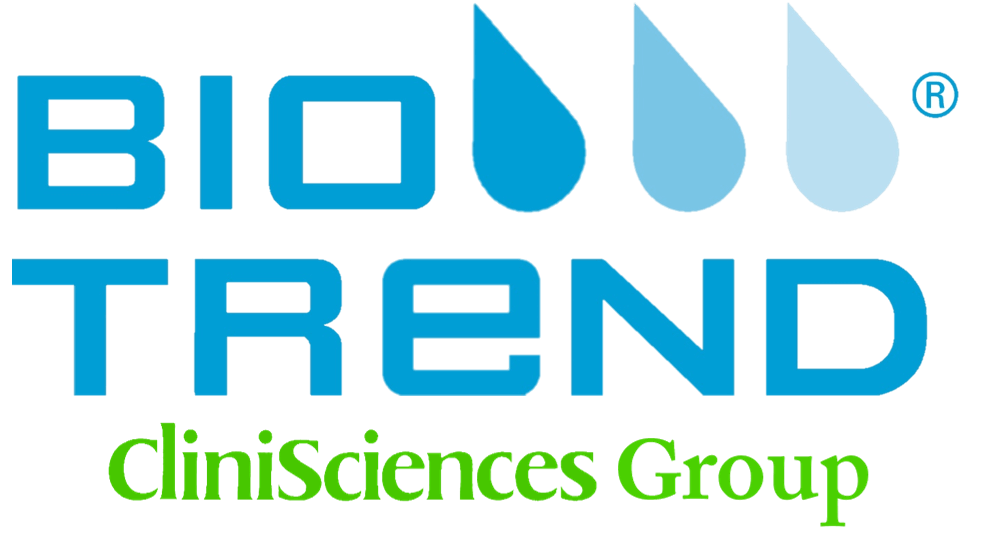Anti-Human CD15 - FITC
Cat# C159-50
Size : 50µg
Brand : Leinco Technologies
AntiHuman CD15 – FITC
AntiHuman CD15 – FITC
Product No.: C159
Clone TG1 Target CD15 Formats AvailableView All Product Type Monoclonal Antibody Alternate Names Granulocytes Isotype Mouse IgM Applications FC |
Data
Antibody DetailsProduct DetailsReactive Species Human Host Species Mouse Immunogen Purified Recombinant Human CD15 (>98%) Product Concentration 0.2 mg/ml Formulation This Fluorescein (FITC) conjugate is formulated in 0.01 M phosphate buffered saline (150 mM NaCl) PBS pH 7.4, 1% BSA and 0.09% sodium azide as a preservative. Storage and Handling This Fluorescein conjugate is stable when stored at 28°C. Do not freeze. Country of Origin USA Shipping Next Day Ambient Excitation Laser Blue Laser (490 nm) RRIDAB_2828659 Each investigator should determine their own optimal working dilution for specific applications. See directions on lot specific datasheets, as information may periodically change. DescriptionDescriptionSpecificity Mouse AntiHuman CD15 (Clone TG1) recognizes Human CD15. This monoclonal antibody was purified using multistep affinity chromatography methods such as Protein A or G depending on the species and isotype. AntiHuman CD15 recognizes an antigen termed X hapten or granulocyte associated antigen. Background AntiHuman CD15 can be used for identification or enumeration of mature granulocytes in peripheral blood. Antigen Distribution The CD15 antigen is present on >95% of mature peripheral blood eosinophils and neutrophils and is present in low density on circulating monocytes. It is absent on normal lymphocytes.1 PubMed NCBI Gene Bank ID UniProt.org Research Area Cell Biology . Immunology . Innate Immunity . Neuroscience . Neuroscience Cell Markers . Stem Cell References & Citations1. Leukocyte Typing III (1987) Oxford University Press 2. Hogg, N. H. et al. (1984) Immunology 53:753 3. Linch D. C. et al. (1984) Blood 63:566 4. Beverley, P. C. L. et al. (1980) Nature 287:332 |



